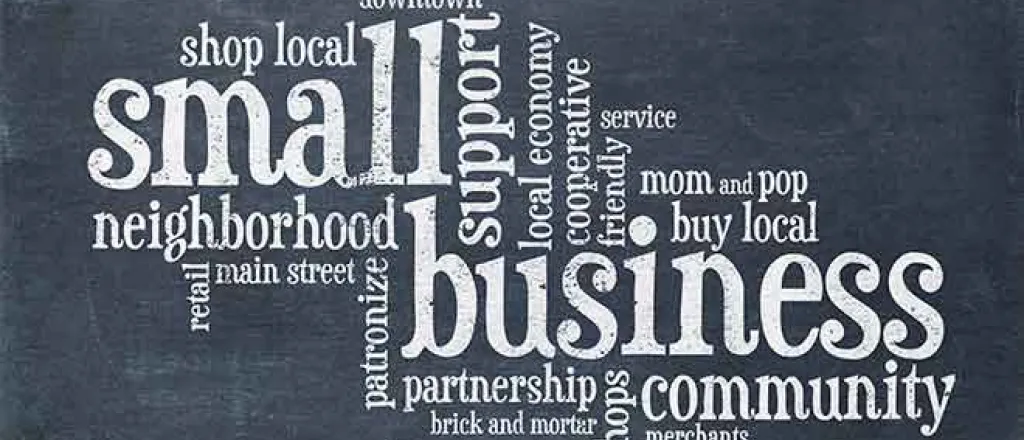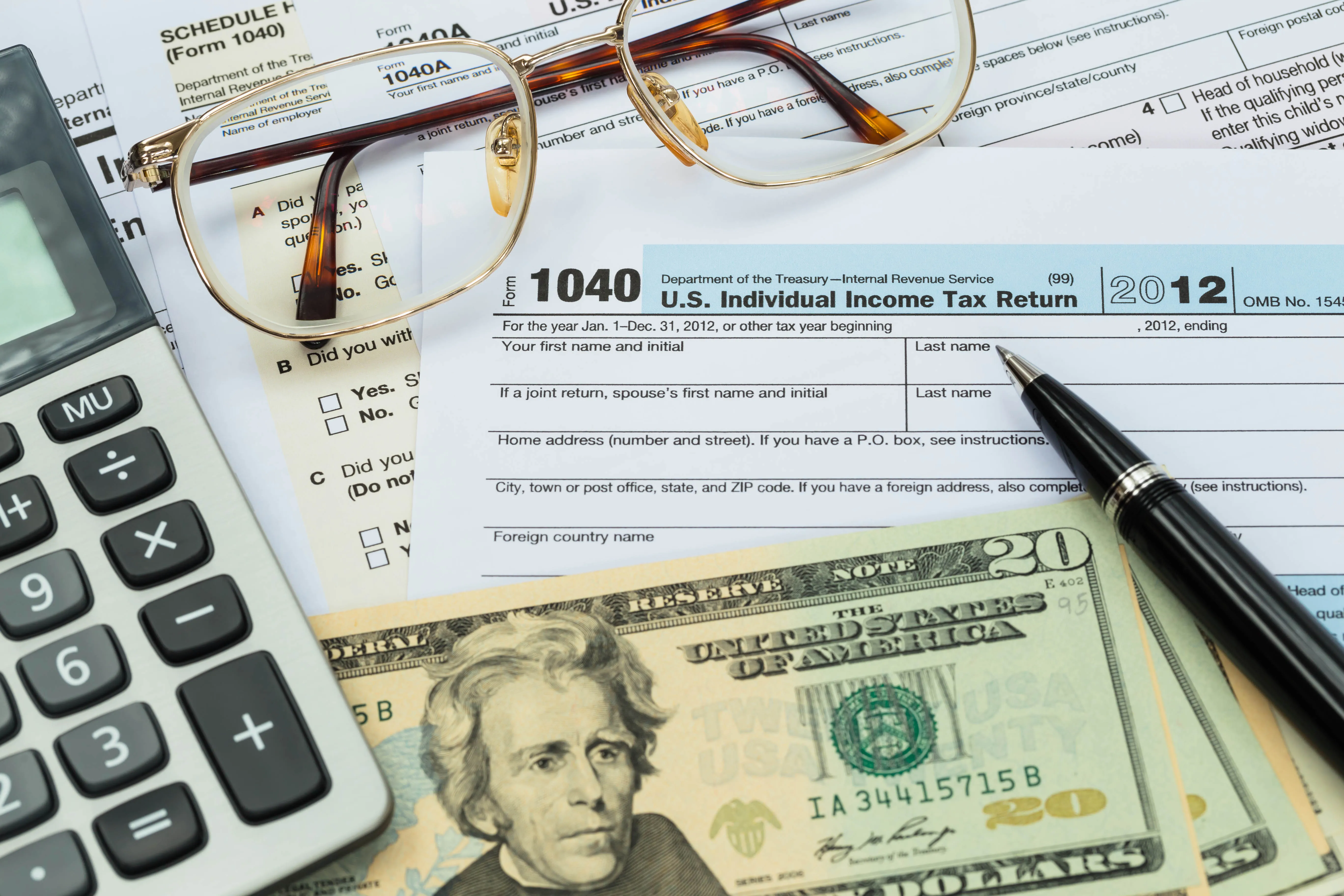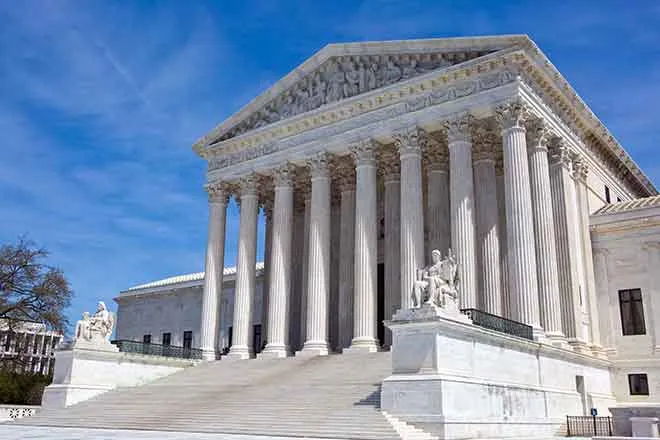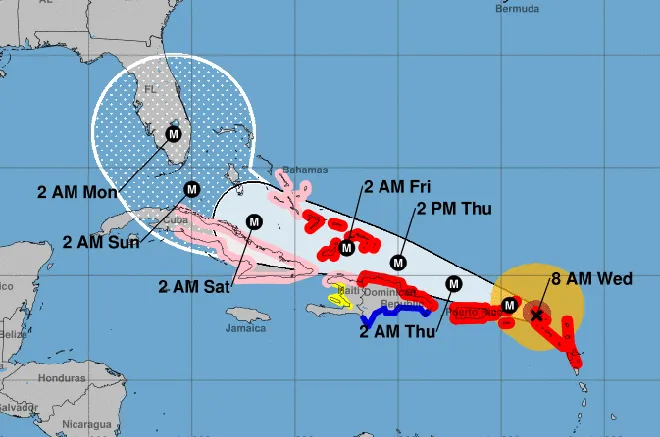
Small businesses seek to avoid possible credit crunch as Federal Reserve raises rates once more

D. Brian Blank, Mississippi State University and Brandy Hadley, Appalachian State University
Small businesses – the heartbeat of the U.S. economy – are beginning to feel the pinch of tighter credit conditions as the Federal Reserve continues to increase borrowing costs.
A flurry of headlines in recent weeks has suggested a credit crunch – meaning the availability of lending gets scarcer – is already happening.
That’s in large part brought on by the actions of the Federal Reserve, which has been raising borrowing costs for companies and consumers for over a year in an effort to tame inflation and lifted rates by another quarter point on May 3, 2023. Concerns about the availability of credit have also risen as a result of a spate of bank failures, including that of First Republic on May 1.
A decline in the availability of loans and other financing poses problems for all types of companies. But this can be particularly detrimental to small businesses, which have limited resources to sustain their growth and rely heavily on regional bank financing, currently the most stressed pocket of lending.
Small but mighty
Despite their size, small businesses – typically defined as companies with under 500 employees – are a very important part of the U.S. economy.
Almost all of them, however, employ fewer than 20. And yet collectively they account for half of all private-sector workers and 44% of private-sector output.
And virtually all for-profit companies are considered small businesses.
Small businesses don’t borrow a lot of money, with the average size of their debt just US$195,000. Altogether, though, it really adds up. At the end of 2022, small businesses owed nearly $18 trillion in debt.
About 70% of small businesses have at least some outstanding debt, which they use to help cover basic operating expenses like wages, rent and inventory, as well as to invest in new equipment and the like. After individual savings, the second-most common source of capital to start a business is loans from a bank, so the ability to access capital is crucial for businesses – a lack of financing is often cited as the primary reason for failure.
While large companies have a range of financing options at their disposal, such as raising capital by selling stock or issuing convertible bonds, small businesses generally rely on bank loans for over 90% of their financing.
Consequently, if bank lending becomes harder to come by, they may need to cut spending or seek alternative sources of more expensive capital to continue investing and expanding. This could have implications for employment and commercial real estate, leading to further slowdowns in growth.
The last time small businesses faced similar financing challenges was during the 2008 financial crisis, when 1.8 million small businesses failed.
Signs of credit tightening
Whether or not the current banking turmoil is creating a serious credit crunch for small businesses remains an open question.
The stories warning of a crunch point to a variety of statistics. For example, the money supply is shrinking at the fastest pace since 1960. Bank lending fell in March by the most since the Fed began compiling the data in 1975. And the share of U.S. banks that say they’re tightening credit standards versus loosening them is at a level that has preceded the past few recessions.
But the money supply was already very elevated, commercial bank lending has recovered somewhat since March, and this is the first time in decades that credit has tightened as a result of rate increases, which is different from other recent recessions. In those cases, credit tightening may very well have been the consequence of the downturn, as opposed to the cause.
In addition, a monthly survey on small business economic trends conducted by the National Federation of Independent Business, a lobbying group, found that overall optimism remained high in March, the latest data available.
Yet the survey did find that more business owners reported that it was harder to get a loan than in the past. Banks continue to tighten their lending standards to levels approaching those seen during the pandemic as policymakers consider stricter regulations to prevent the bank crisis from spreading.
This tightening of credit could lead to decreased capital expenditures and slower payroll growth in the future. These challenges for small businesses may ultimately end up causing the economy to decelerate further after a sluggish first quarter.
When companies have limited cash during a potential downturn, bankruptcy and company failures can occur, which is almost what happened in March, when Silicon Valley Bank was on the brink of causing many companies to lose the deposits they needed to make payroll.
Room for optimism
On the bright side, companies have been bracing for reduced access to credit since at least March 2022, when the Fed began raising rates.
What’s more, they’ve been anticipating that higher rates could drive the U.S. into recession. That means they should have had plenty of time to prepare to weather most potential storms.
In addition, strong consumer spending, overall healthy bank balance sheets, steady growth in new business creation and a regulatory response that aims to ensure credit doesn’t dry up too much could help avert a credit crisis for small businesses.
But with a fourth bank failing and lingering uncertainty as to whether the quarter-point hike on May 3 will be the Fed’s last, we believe small businesses – and the U.S. economy – aren’t out of the woods quite yet.
Still, with the number of new business applications growing, we anticipate more businesses next year than the U.S. has today, and that may be welcome news for an economy trudging through a challenging environment.
This article was updated to include details of Fed rate hike.![]()
D. Brian Blank, Assistant Professor of Finance, Mississippi State University and Brandy Hadley, Associate Professor of Finance and the David A. Thompson Distinguished Scholar in Applied Investments, Appalachian State University
This article is republished from The Conversation under a Creative Commons license. Read the original article.

















